Image: Gregory Abram and Francesca Samsel / Texas Advanced Computing Center.
Image: Gregory Abram and Francesca Samsel / Texas Advanced Computing Center.
EXTREME CLIMATE SIMULATION
The University of Texas Institute for Geophysics and Insurance Services Company Verisk have teamed up on the largest-ever climate model simulation for extreme weather
By Constantino Panagopulos
When Storm Ciarán slammed into Europe in November 2023, it battered the continent with wind, hail and torrential rain. The deadly storm left 21 dead and caused over 2 billion euros ($2.14 billion) in damage.
Intense cyclones like Ciarán are rarely seen in Europe. But the storm was part of a global trend in damaging weather events — including heatwaves, tornadoes and wildfires — whose impacts are getting worse as the climate warms and urban populations grow.
This new reality has thrust climate science to the forefront of the insurance industry. Insurance companies were among the first to wake up to the idea that understanding climate change is vital for the future of their business.
That’s true for insurance services company Verisk, which recently warned that insured losses from extreme weather have risen sharply, and that the trend is expected to continue. But exactly how and where extreme weather will have the greatest impact is a multibillion-dollar unknown.
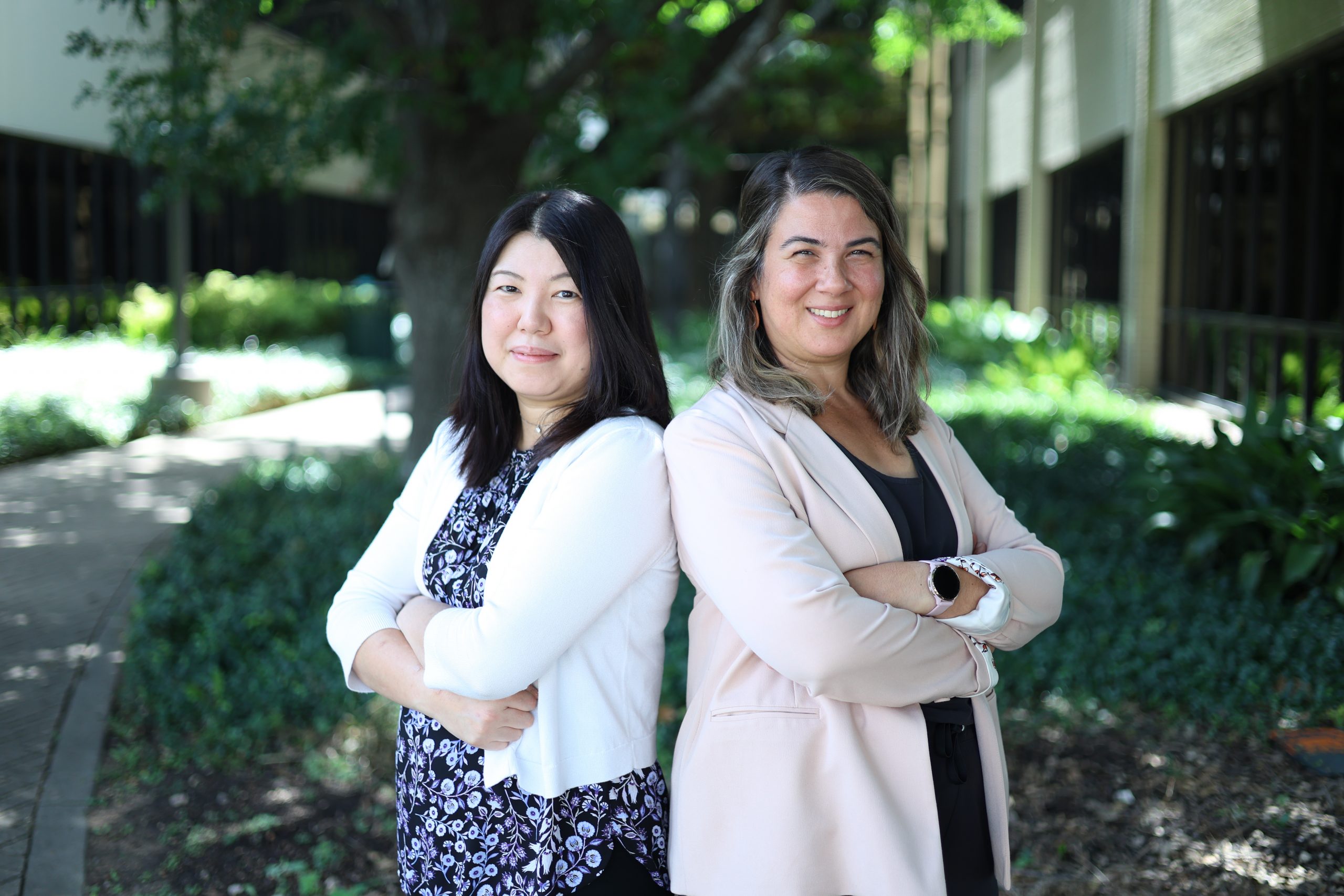
What makes extreme weather particularly hard to predict is that reliable records go back only a few hundred years. For modern weather observations, it’s barely a few decades. This means scientists just don’t have enough data about freak events such as Ciarán or other kinds of extreme weather events.
“It’s very hard to make estimates about a one-in-1,000-year event based on observational data,” said Yuko Okumura, a research professor at the University of Texas Institute for Geophysics (UTIG) at the Jackson School of Geosciences.
So, Verisk is partnering with UTIG to solve the problem. Okumura and her team are running a climate simulation on a supercomputer at the Texas Advanced Computing Center. More precisely, the project isn’t just one simulation. It’s more than 2,500 simulations, each spanning the 44 years from 1979 to 2023. All together that’s 110,000 years’ worth of weather data. Verisk scientists, meanwhile, have developed an artificial intelligence algorithm to improve the simulation’s accuracy and resolution.
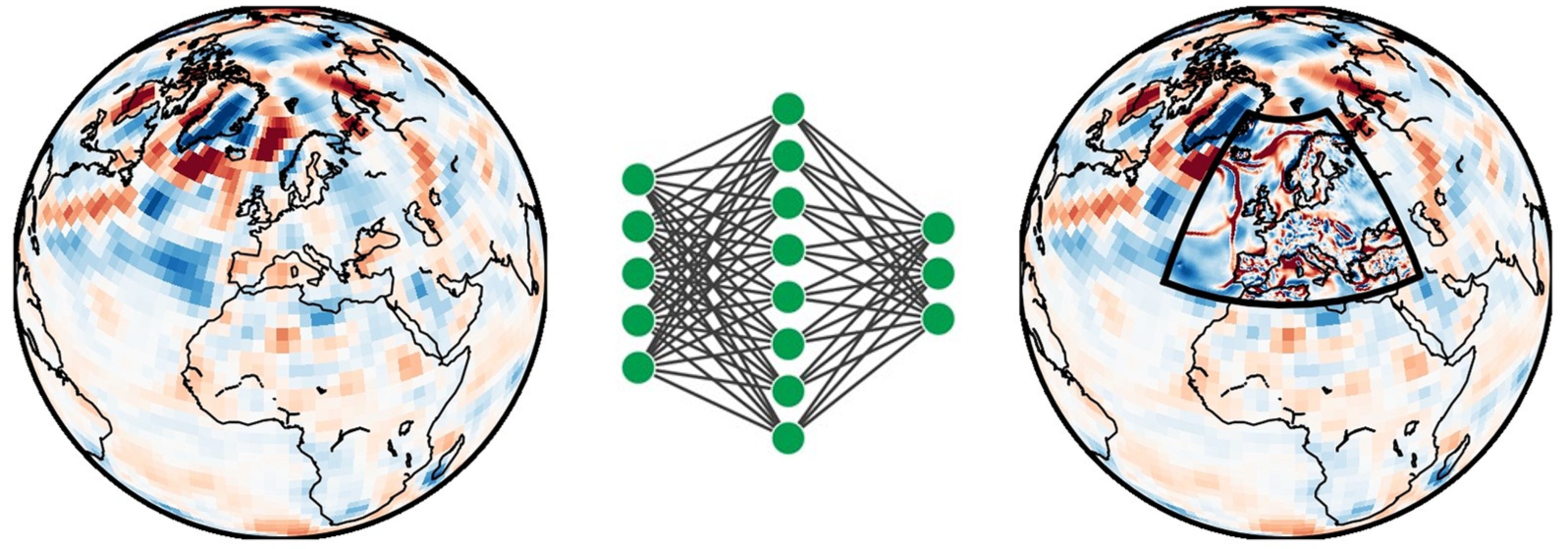
The simulation will deliver a huge cache of data that will let Verisk model the full range of weather possibilities in any region. The same data will help UT researchers investigate what drives extreme weather and how it might change as the world warms.
But global warming isn’t the only culprit behind rising costs. Weather impacts are being felt in places that have neither the infrastructure nor resources to defend against them, making deadly events with multibillion dollar price tags much more common.
“They’ve gone through the roof,” said Charles Jackson, a former UTIG climate scientist who now leads Verisk’s global atmospheric perils unit. “There are several reasons why that’s happened, including stronger extremes and a greater fraction of coastal developments becoming exposed to hazardous weather.”
With the stakes so high, it has never been more important to understand the hazards of extreme weather. And that’s exactly what UTIG is uniquely poised to do, Okumura said.
“These are current and urgent problems, but UTIG has the expertise and computational resources to help our partners come up with real solutions for the communities they serve,” she said.
Modeling Extremes
Before joining Verisk, Jackson was tackling the mathematics of uncertainty at UTIG, using equations and formulas to help manage the chaos of real-world physics in modern climate models. Today, he leads a research team at Verisk that develops similar models to calculate the risk of extreme weather. The models typically incorporate weather predictions, climate records and other data about a particular place.
The UTIG project offers something different. It uses a global model — which is important because of the knock-on effects of extreme weather — and it will supply data about very rare weather events that have an outsized impact on potential losses. The information could be very significant for the industry.
“You can have many, many storms in a year that add up to a billion dollars, but then one year you have one big event that’s $100 billion on its own,” Jackson said.

The fear with global warming is that these heavyweight events may begin occurring more frequently in vulnerable places. But because they don’t happen often enough to show up in shorter climate simulations, they are in effect flying under the radar, Jackson said.
The UTIG project is a major effort to cover that data blind spot. By gathering 110,000 years of simulated climate data, the Verisk researchers will gain information about where the future extreme weather hot spots are likely to be and adjust their risk assessments accordingly.
Verisk is bringing its own computational tools to the collaboration, too: The company’s proprietary machine learning algorithm effectively smooths out flaws in the climate model, making the results more lifelike.
This kind of artificial intelligence is new to the climate community, but it represents an exciting new set of tools with which to do better science, Jackson said.
For Verisk that means a better understanding of weather risks. For the UTIG researchers it’s a way to learn what drives extreme weather and its connection to climate change.
Cascading Calamity
In early 2025, heavy winds whipped up wildfires that destroyed thousands of homes across Southern California and killed at least 29 people.
The destructive strength of the wildfires was the result of converging environmental extremes — plenty of dry vegetation, prolonged drought and hurricane-force winds — said Danielle Touma, a research assistant professor at UTIG and a member of Okumura’s team.
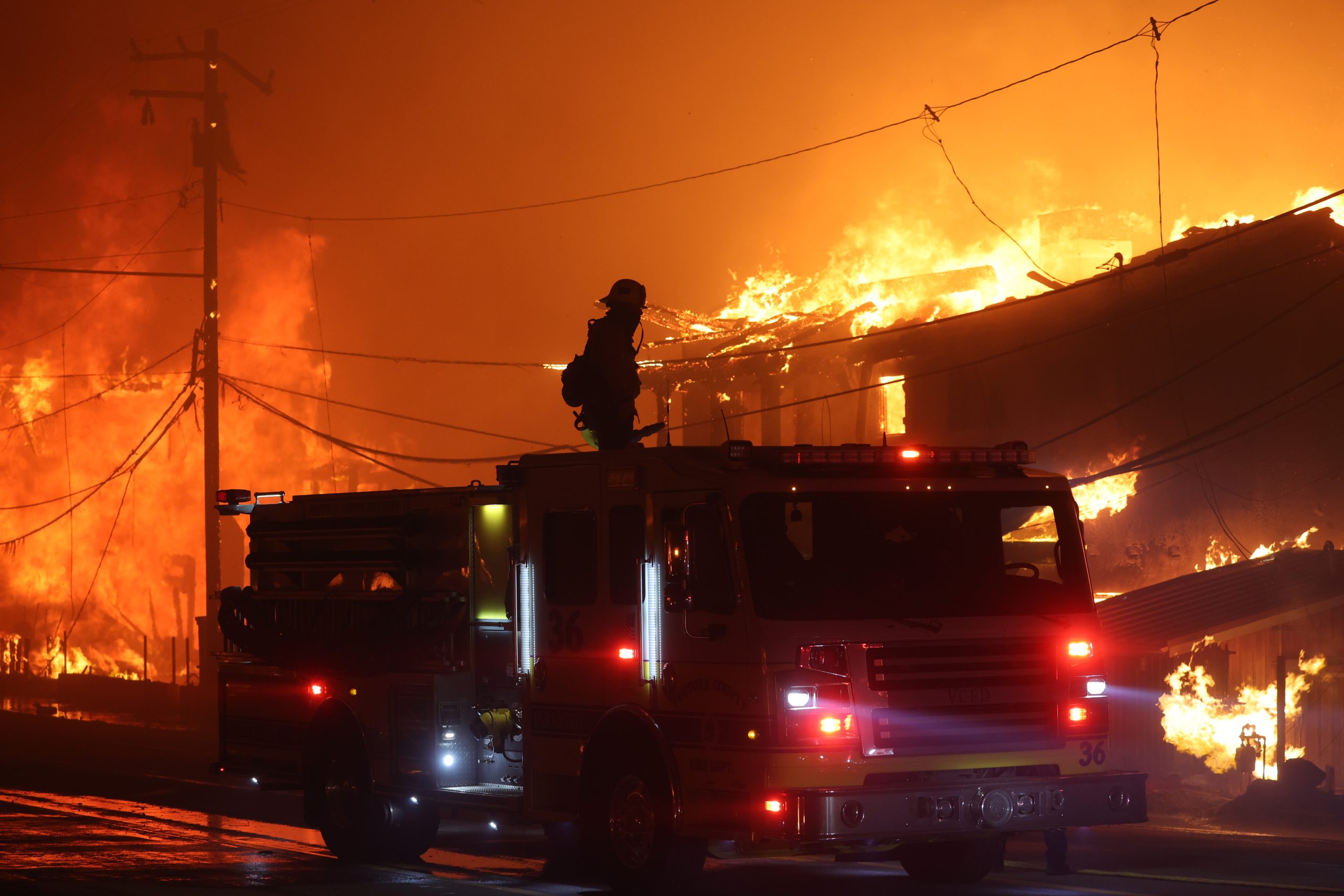
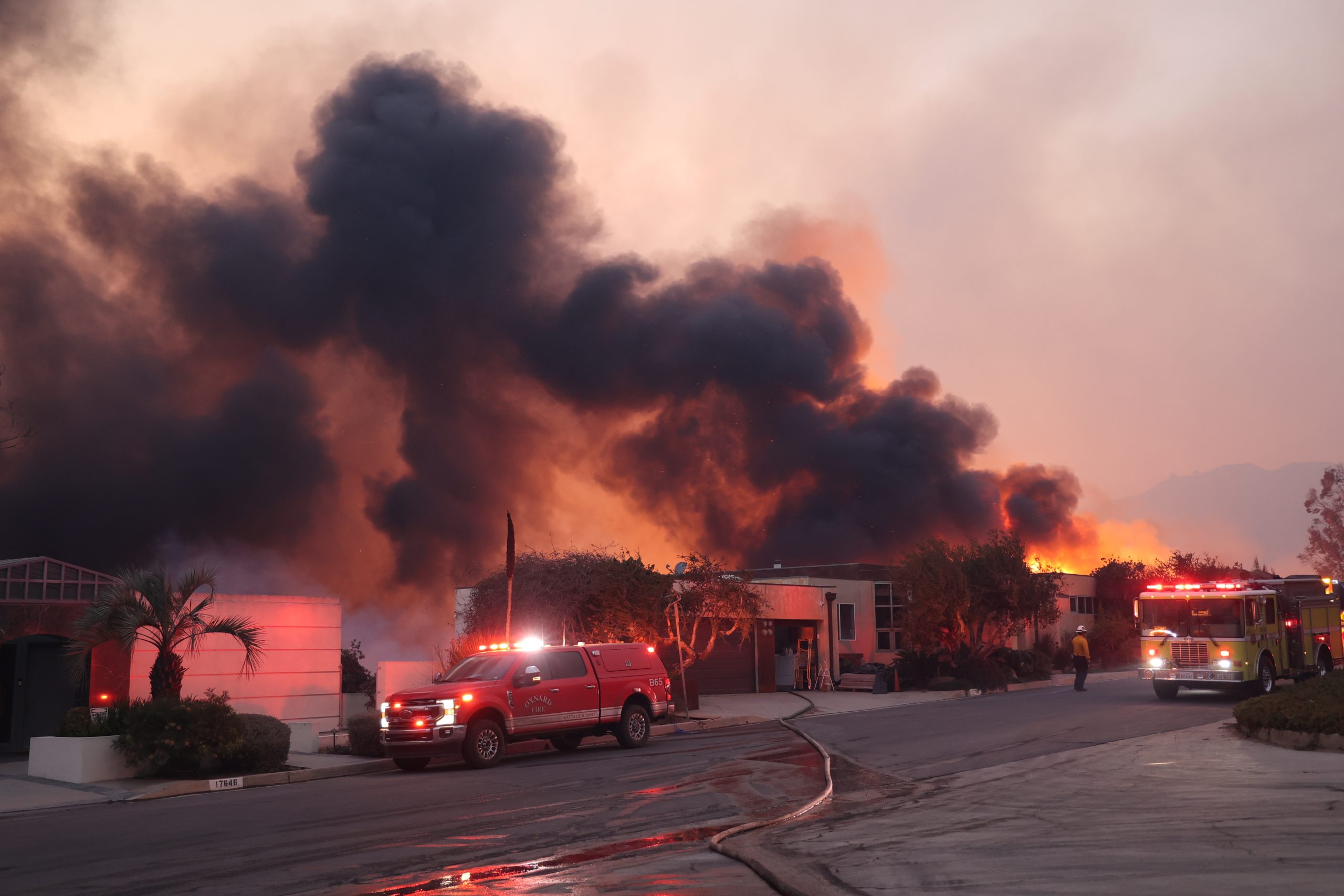
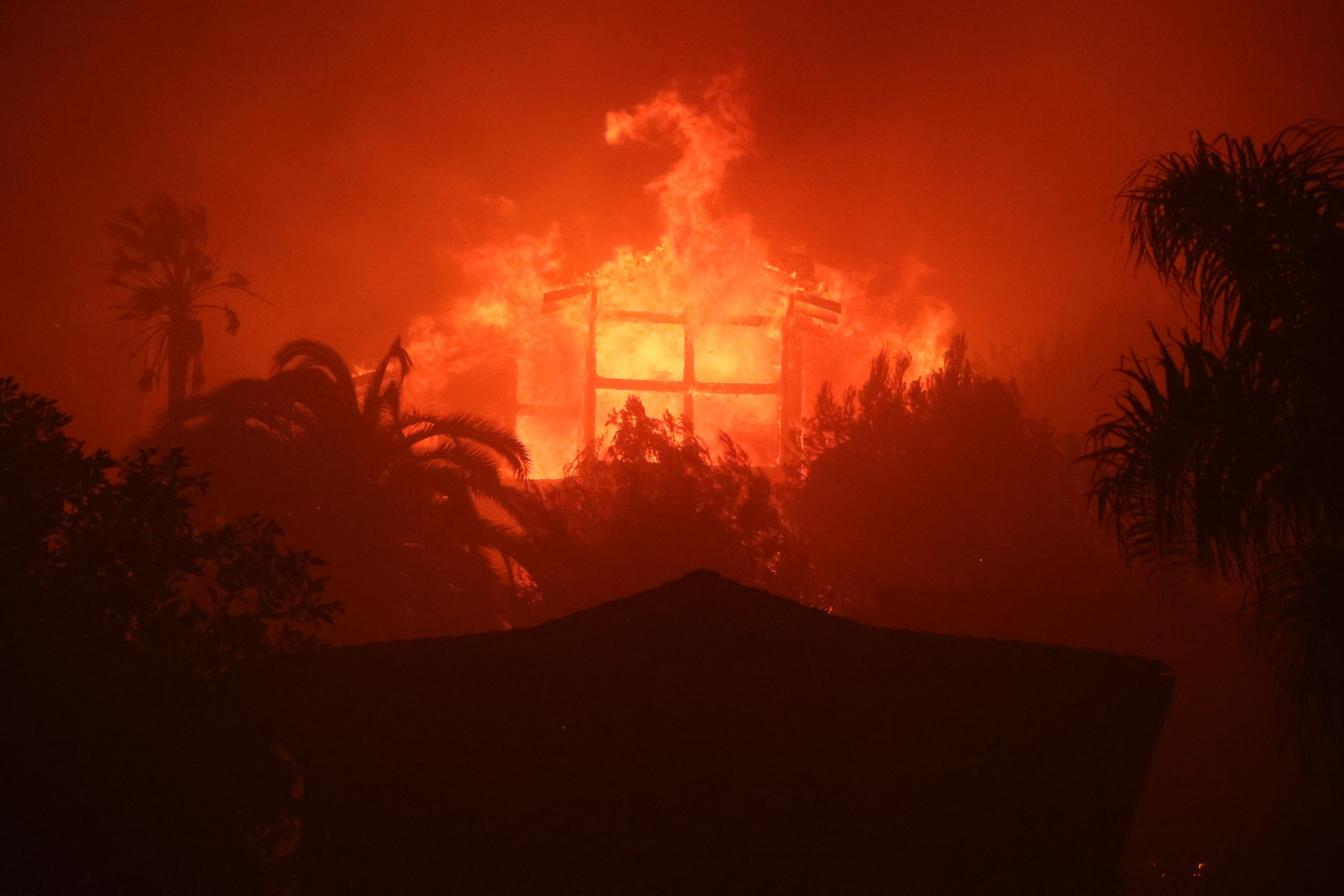
“What happened in Los Angeles is an example of hydroclimate volatility, when two very wet winters led to vegetation growth which then dried during the following summer and winter,” she said. “With the addition of unusually strong Santa Ana winds, wildfires spread easily and rapidly once they were ignited.”
Touma is an expert on extreme weather. One of her roles on the project is to decide what defines an extreme event.
She studies how one catastrophe can build on another, such as wildfires leaving the ground primed for mudslides. That’s exactly what happened a few weeks later in California when flash floods and debris flows washed away roads and filled local homes and businesses with mud. The question is, were these overlapping events a product of a warming climate?
For Touma, the simulations are an opportunity to answer that question by analyzing the part played by climate change. In this case, Touma is using the results to study the causes behind the kinds of fires that hit Los Angeles.
“It’s important to understand how those (extremes) will change in the future, both so that we can adapt, and to understand the consequences of not mitigating greenhouse gas emissions,” Touma said.
Variable Climate
Global warming isn’t the only driver of extreme weather. Natural climate swings were setting the stage for extreme weather long before people came on the scene. The hot and cold seesaw between El Niño and La Niña is such a strong driver of global weather that for decades, it obscured the impact of human-driven global warming.
The new simulations will help UTIG researchers separate trends in extreme weather that are caused by natural climate variability, like El Niño and La Niña, and those ultimately linked to greenhouse gas emissions.
“Picking apart these patterns to get at the underlying climate hazard is what drives the UTIG research,” Okumura said.
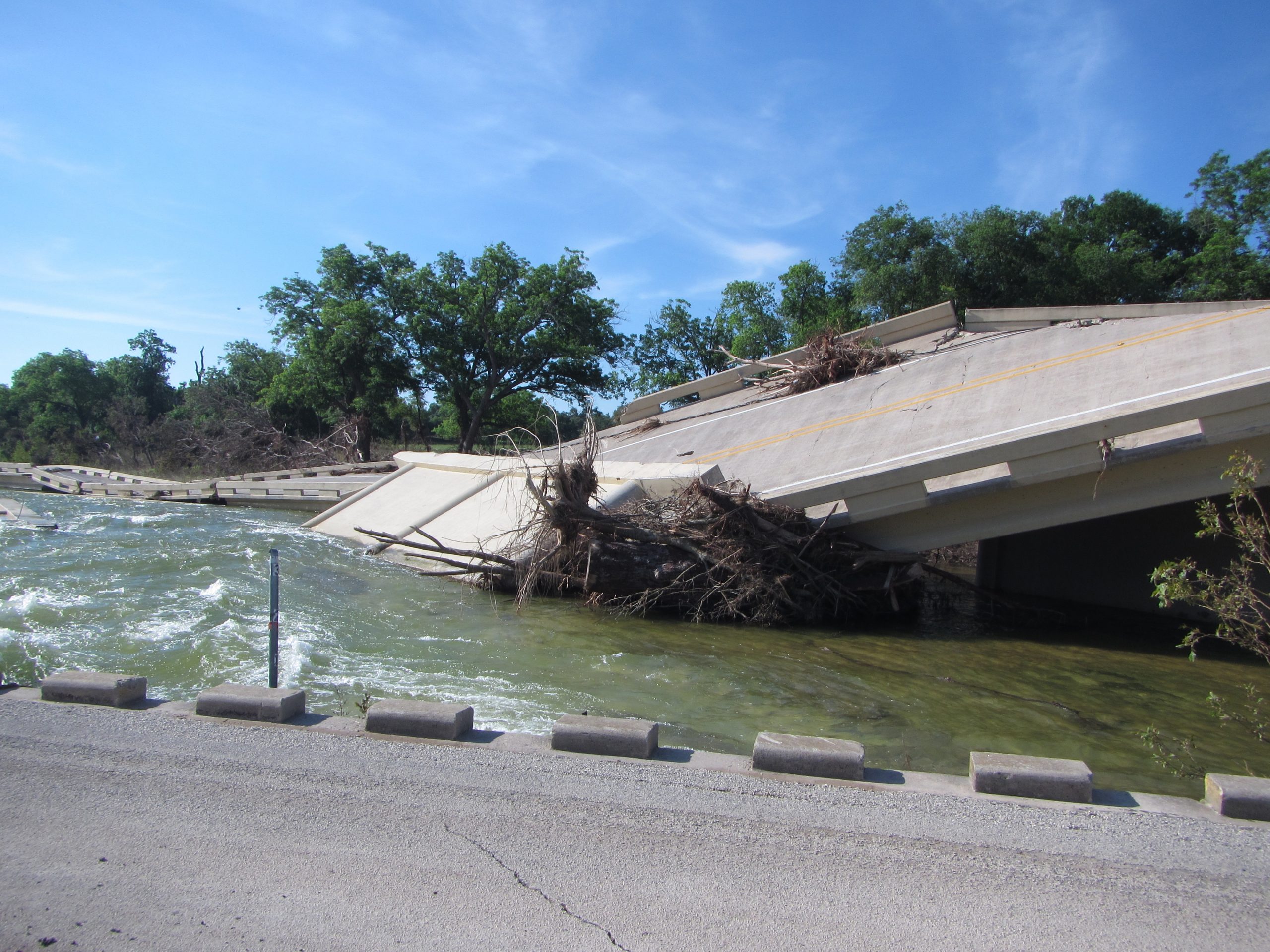
With the simulations nearly complete, the UTIG researchers have already found possible evidence that the 2015 Memorial Day and Halloween floods in Texas were much likelier due to a strong El Niño that occurred the same year.
The researchers are also analyzing the simulations for possible links between El Niño and the wet-dry climatic “whiplash” that primed Southern California for wildfires.
Whatever they find, these analyses represent a growing understanding of El Niño’s connection with the climate that wasn’t possible with previous simulation datasets, Okumura said.
For Jackson and the Verisk team, the focus for now is on new atmospheric peril models — winter storm, summer storm and flood models — for the European market. After that, they’ll move on to other regions.
“The combination of expertise in climate modeling, plus the high-performance computing resources and the knowhow to get the most out of them, is very rare to find in one place, but it’s all right there at the University of Texas,” Jackson said.
The University of Texas at Austin
Web Privacy | Web Accessibility Policy | Adobe Reader

